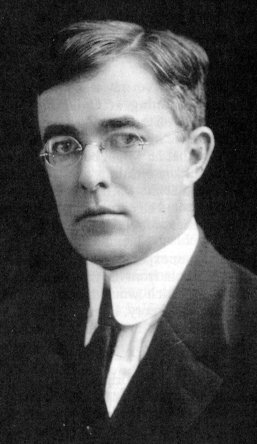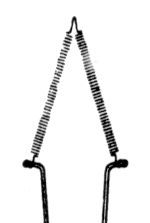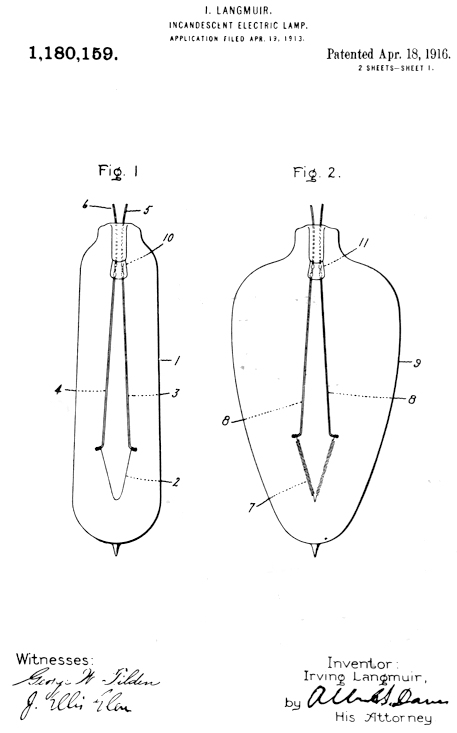A New Light Bulb
Today, we talk about light bulbs and product innovation. The University of Houston's College of Engineering presents this series about the machines that make our civilization run, and the people whose ingenuity created them.
General Electric analyst George Wise suggests that innovation in industry takes place in three distinct ways. The most obvious way is in response to a need. In this series we've repeatedly seen that things are seldom so straightforward -- that necessity is not a consistent parent of invention. Another way innovation occurs is when it's driven by some revolutionary discovery. The transistor, for example, triggered all sorts of new technology.
 But Wise is most interested in yet a third pattern, which he calls the product-driven innovation cycle. It goes like this: An engineer works to improve an existing product -- it needn't be fancy. As he works, he suddenly sees it in a new light. A radically different concept suddenly pops out of it. A butterfly is born of a caterpillar. That sort of thing, says Wise, is far more common than we might think. He gives several illustrations.
But Wise is most interested in yet a third pattern, which he calls the product-driven innovation cycle. It goes like this: An engineer works to improve an existing product -- it needn't be fancy. As he works, he suddenly sees it in a new light. A radically different concept suddenly pops out of it. A butterfly is born of a caterpillar. That sort of thing, says Wise, is far more common than we might think. He gives several illustrations.
My favorite one begins in 1908 when the General Electric Company hired a young man named Irving Langmuir. Langmuir was an American with a German Ph.D. in applied chemistry. Since Langmuir had studied how air carries heat away from small wires, he seemed to be just the person to work on heating elements. GE put him to work on its line of stoves, flatirons, and other heaters. Langmuir used what he knew to improve their heating elements. However, GE had another product that also used heated wires. It was the light bulb. So Langmuir looked at light bulbs as well. GE's bulbs were all evacuated so there'd be no oxygen to burn out their filaments. Low-wattage bulbs did well enough, but the tungsten wires in brighter bulbs slowly evaporated. Tungsten vapor was gradually deposited on the inside of the bulbs and turned them black.
Then Langmuir realized he could suppress evaporation by filling the light bulb with an inert gas that wouldn't burn the filament. The trouble was, that gas would circulate in the bulb and carry away too much heat. That in turn would keep the bulb from staying bright. But Langmuir's research had told him that a filament wound in a tight coil would shed much less heat. So he created that tiny tight coil of a filament you've seen in broken light bulbs.
 Wise's point is that Langmuir was able to look at one product and then carry what he learned over to another product. We have the bright argon-filled bulbs we use today all because Langmuir was put to work on the much larger heating elements in stoves and irons.
Wise's point is that Langmuir was able to look at one product and then carry what he learned over to another product. We have the bright argon-filled bulbs we use today all because Langmuir was put to work on the much larger heating elements in stoves and irons.
Wise traces other connections -- how refrigerators led to turbo superchargers; how steam turbines led to air conditioners. Of course he's leading us back to a common inventive process.
Good engineers make one thing turn into another. They let invention be driven by whatever is there. So, I suppose, it's little surprise that Langmuir went on from light bulbs to win the 1932 Nobel Prize for related work on the surface chemistry of metals.
I'm John Lienhard, at the University of Houston, where we're interested in the way inventive minds work.
(Theme music)
Wise, G. Heat Transfer Research in General Electric. 1910-1960: Examples of the Product Driven Innovation Cycle. History of Heat Transfer: Essays in Honor of the 50th Anniversary of the ASME Heat Transfer Division. (E. T. Layton and J. H. Lienhard, eds.) New York: The American Society of Mechanical Engineers, 1988, pp. 189-211.
This is a greatly revised version of Episode 145.

The patent drawing for Langmuir's "gas-filled" lamp